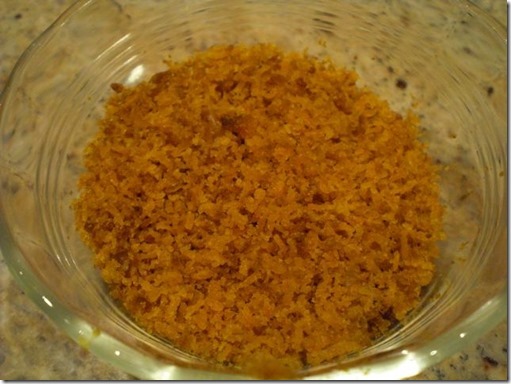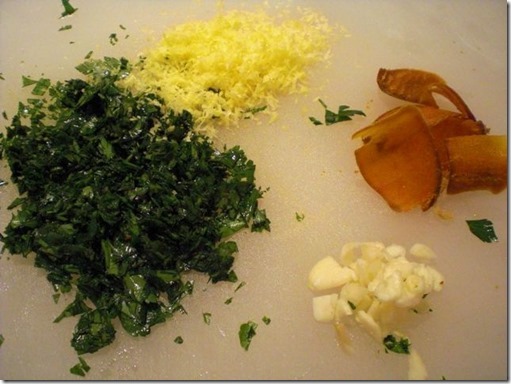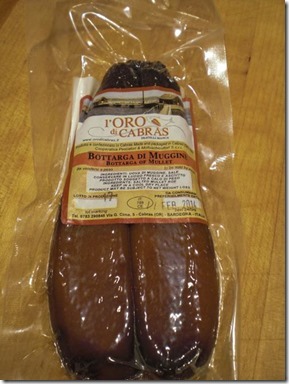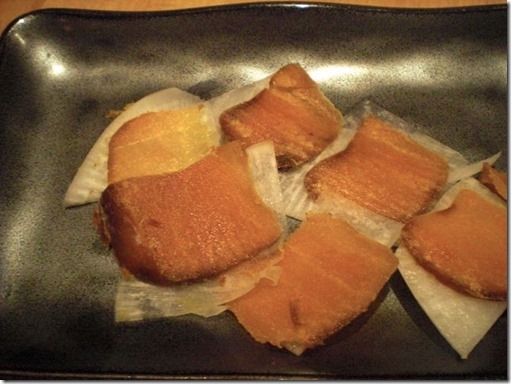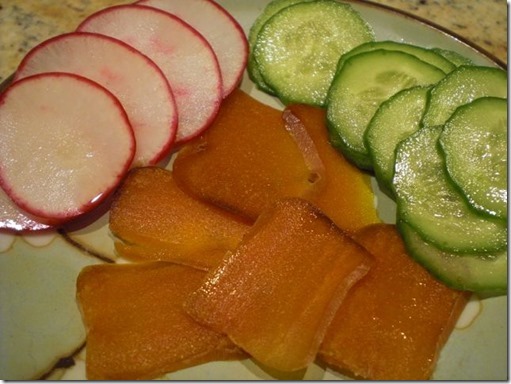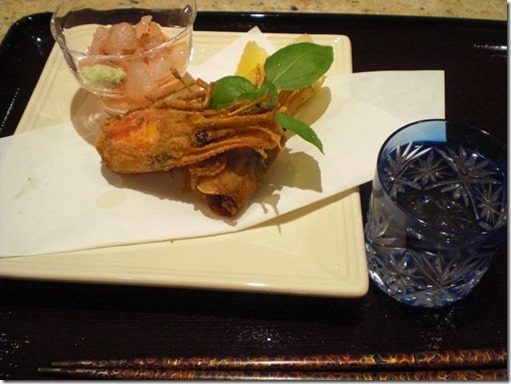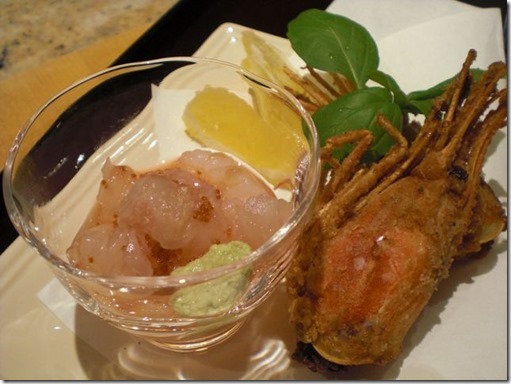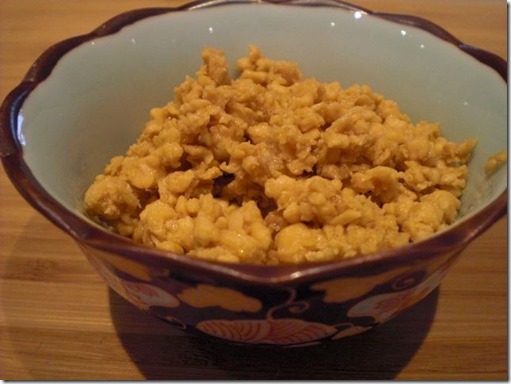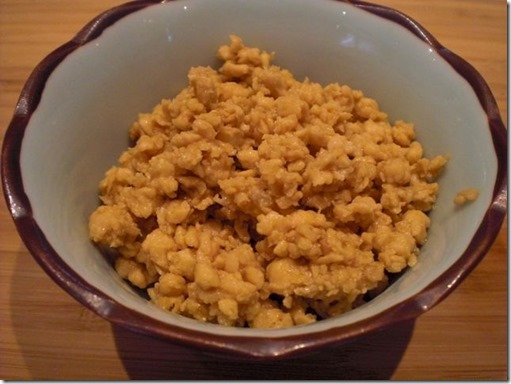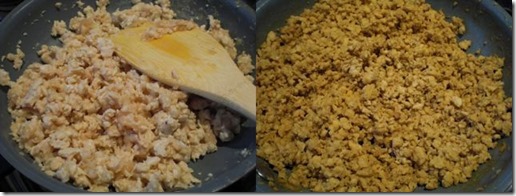Recently, a few places have begun appearing in the Washington D.C. area with “Izakaya” as a part of their name; which is very encouraging. Once a restaurant with Izakaya in its name pops up on the “radar screen” we have to try it.
For example we tried
Izakaya Azuma which is located in Rockville. It opened in June of last year and less than a year later it is closed. We can’t say we are surprised. We thought it missed the point of an izakaya both in terms of food and ambience in a big way. It was basically a Chinese restaurant with some “teiban” Izakaya dishes on the menu such as Yakitori and Kushiage.
Another such place is
Kushi Izkakaya and Sushi. It is a big space lacking the real atmosphere of an Izakaya. I did not go but my wife went for lunch. She was not impressed. To do it real justice, however, we should probably try it in the evening.
Another called
Izakaya Seki sounds very promising but it’s location is very inconvenient for us so we haven’t tried it.
Recently, another Izakaya cum ramen restaurant opened up in the “Penn Quarter” called “Daikaya”. It appears that its corresponding Japanese letters are “大鍋屋” meaning “Large caldron” probably referring to the large caldron in which ramen noodles are cooked. It is housed in a brand new building across from the Verizon Center (Google map street view still shows an empty lot). The 1st floor is a ramen place which we have not tried yet. It serves up a “Sapporo”style ramen. Since I am originally from Sapporo, we have to try this place. We did try the upstairs, however, which is an “Izakaya”

Inside the restaurant is very nice with a central bar counter with small tables and booths around the periphery (picture above left).They have very cozy (read: tight) seating for 90. The tables are quite close together so you have the added advantage of sharing the conversations of the tables on either side of you. The table at which we were seated was so close it its neighbor that the neighboring table had to be moved aside in order for us to be seated which is awkward when the other table is occupied.
The wait staff was very enthusiastic and tried their best to explain everything, as scripted, even after I told him that we were familiar with these types of food and drink. As part of the explanation it was suggested that in contrast to American style where you order the entire meal at once, for Izakaya style you order a few dishes at a time in several rounds over the course of the meal. Our waiter in true American style, however disappeared after the first round of orders.
For libation, we chose sake from Kochi 高知 prefecture called “Sui-gei, Tokubetsu junmaishu" 酔鯨 特別純米酒 (picture above right). This is not too bad, not too yeasty but a bit short on taste.
Here are the dishes we had. I stopped taking photos after the 4th dish. Since we are not big eaters we never thought we would say this, but the portions of these dishes were way too small for us or even for any Izakaya. Certainly the portion size is miniscule for your average American even as a drinking snack or bar food. In order to make a meal we ended up ordering quite a few dishes which became rather expensive and even so we left the place still hungry.
The first dish we had, was wasabi octopus sashimi (left upper). I may be wrong and hate to say it but this dish looked and tasted like it was made with packaged frozen wasabi favored raw octopus such as I occasionally buy at the local Japanese grocery store. They just added small cubes of apple or
jicama, olive oil and
daikon radish sprouts. This was not the type of dish I would have expected.
The second was cheese stuffed shishi-tougarashi which was very interesting and good. We may have mentioned that shishi-tougarash grown in US soil can be atomically hot but all four peppers we ate were fine (Our waiter appropriately warned us).

Then I found “Ruibe” るいべ of salmon. This is an Hokkaido specialty. It is thinly sliced semi frozen salmon. This was pretty good but again, the portion was Lilliputian (above lower left).
The 4th dish was "crab croquet". This is a very common Izakaya item and the base is Bechamel sauce with corn and crab meat. To be authentic, I was told that the crab meat must be "canned". In any case, this was served on old Japanese newspaper in apparent imitation of "Fish and Chips". We did not find the sight of our dish sitting on old newspaper appetizing and wondered how sanitary old Japanese newspapers could possibly be. Although this dish was not bad (deep fried Bechamel in general can’t be too bad) the crab missed its cue and didn’t make an appearance. This really looked like a factory made frozen item just deep fried at the restaurant.
Although I stopped taking pictures we had several other dishes: creamy tarako pasta, fried turkey wing (this was good), tsukemono 漬物 (picked or salted vegetables) assortment of three kinds (again not bad but the portion was ridiculously small). At this point we were out of sake but still hungry (very unusual for us, since we usually get filled up with just a few appetizers). We thought of going to another restaurant but the Verizon Center was having a hockey game and the other restaurants we tried were stuffed to capacity. We gave up and went home.
While the dishes at this restaurant sounded innovative, they all had a premade packaged quality to them. Again, like many restaurants in the US that claim the izakaya title, it missed the ambiance that makes an Izakaya an Izakaya. Based on portion size alone, I just can’t imagine how this Izakaya will fair with the burly American clientele attending the hockey games and other events at the Verizon Center.











